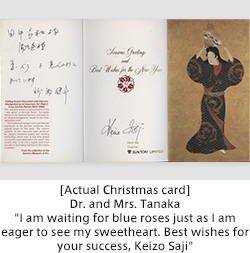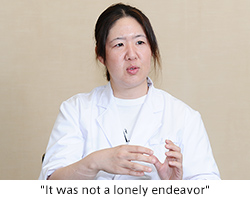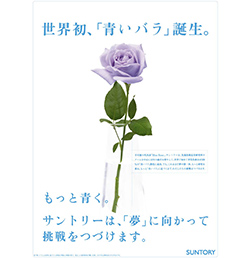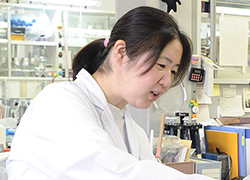About 6 years after joining the company, I heard a rumor that Suntory would make a challenge to develop blue roses in collaboration with Florigene, a venture company in Australia. Because I was not especially interested in plants, I did not even know the fact that blue roses did not exist in the world. However, I felt I needed a change in my company carrier and wanted to work abroad, so I sort of volunteered.
At that time, I belonged to the laboratory of microorganisms, but was transferred to the plant research group with the initiation of the project, and immediately moved to Australia. At the beginning, I had difficulties because of the uniqueness of Australian English and I did not understand the context of daily research activities, but got used to the research life there quickly with the support of friendly colleagues.

















































